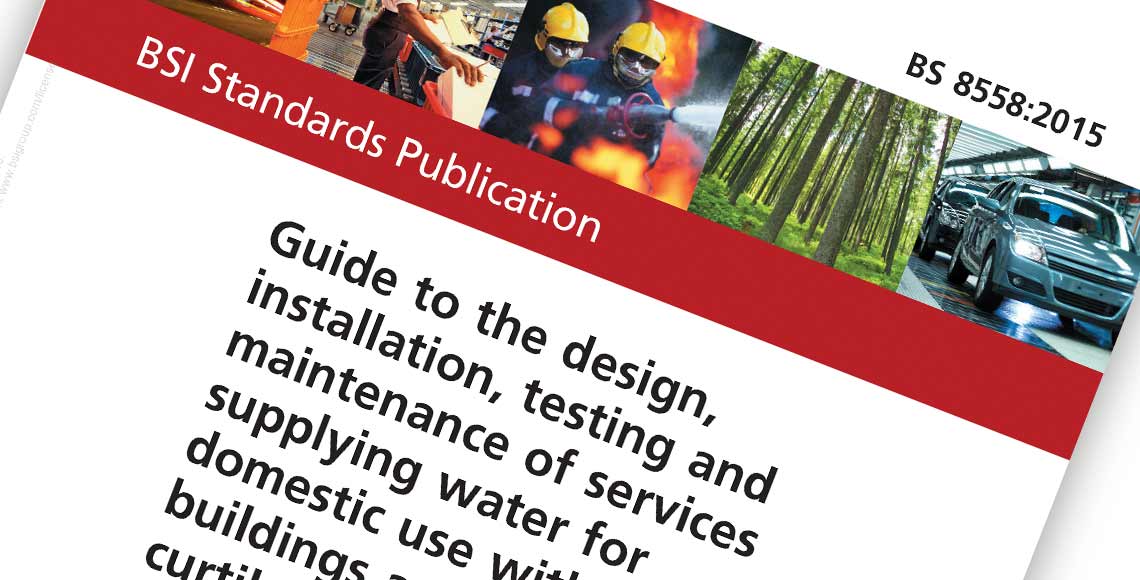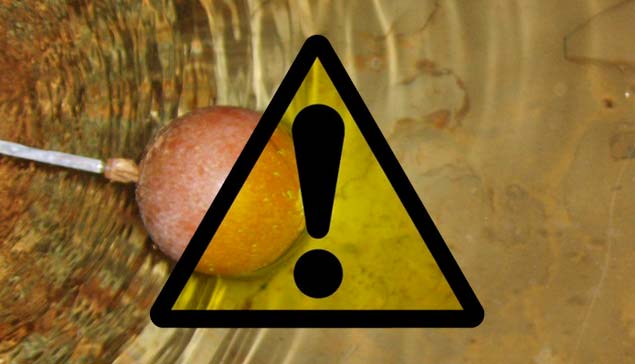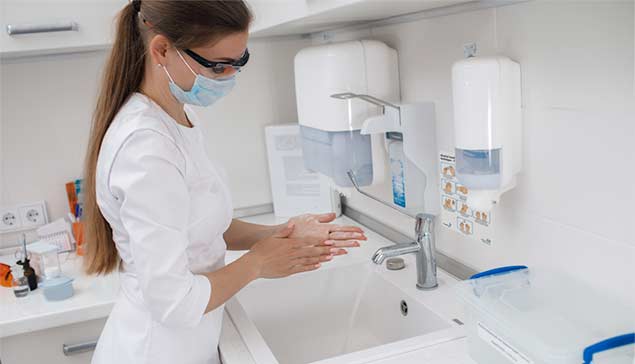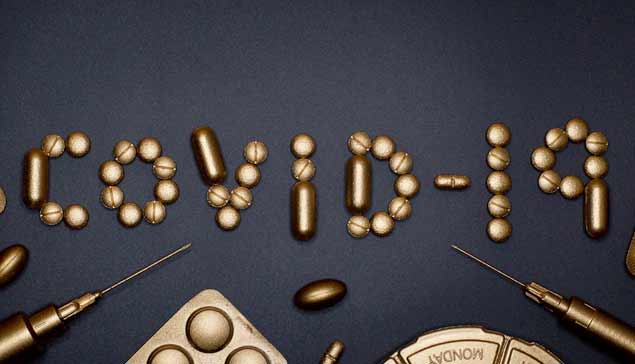ASSOC. COMPANY

ACoP L8 and BS8558 Guidelines for cold water storage tanks
Many commercial and multi-residential properties within the UK contain cold water storage tanks, typically located in loft spaces or plantrooms. These tanks can feed a number of building assets including hot water systems (such as showers) and drinking water which is why it is imperative that suitable H&S control schemes are implemented.
Regular inspections of the tank and microbiological sampling are specific requirements of HSG 274 and BS8558 (previously BS6700) to remain compliant with the HSE ACoP L8. To help you understand the guidelines W.E.T have devised the table below.
"The risk from exposure to Legionella should be prevented or controlled; precautions include keeping the system and the water in it clean."
ACoP L8, paragraph190.
| Task | Non-potable | Potable* |
|---|---|---|
| Take temperature of the tank from the inlet and outlet, ensuring it is below 20°C | 6-monthly | 6-monthly |
| Internal inspection- examine internal surfaces for signs of possible contamination and debris | 12-monthly | 6-monthly |
| Take microbiological samples | If required by control scheme | 6-monthly |
| Tank clean and disinfection | When inspection deems necessary | Annually, or more frequent if inspection deems necessary |
*Potable cold water storage tanks are those which feed drinking water outlets
This table should be used as a guide only. If you are responsible for the health and safety of a water system you should carry out a risk assessment to determine the frequency of any controls or seek professional advice.
Tank clean and disinfection
Poor conditions include the presence of:
- Scale - deposits of calcium carbonate from the mains created by evaporation at the water line.
- Algae - contamination by an external source and the exposure of sunlight can be caused by an unsecure tank lid or the absence of a lid altogether.
- Sediment - a low concentration of detritus naturally present in mains water building up over time.
- Rust and corrosion - the use of non-stainless steel fittings within a tank, which are exposed to oxidisation leaving a ferrous deposit.
- Organic matter and biofilm - pathogens naturally present in the mains water, when provided with the right conditions can proliferate to unacceptable levels.
- Stagnation - poor tank design resulting in an inadequate turnover and flow of water creating the ideal conditions for bacteria to thrive.
- Debris - synthetic materials such as waste created from remedial works
- Flora ingress - Inadequate protection from the external of the tank, allowing flora growth to enter the tank.
- Pest / insect ingress - inadequate protection/ screening on overflows and air gaps allowing pests and insects to enter the tank.
If any of the above conditions are present, a clean and disinfection of the tank is highly recommended and required by BS8558 and HSG274.
Pictured below are a few examples W.E.T technicians have encountered at client sites. The examples are severe cases and all warrant a thorough clean and disinfection.*

Sediment

Stagnant water

Biofilm

Animal contamination

Flora growth

Corrosion (although tank replacement would be recommended in these cases)
If you have any questions regarding your legal duties and responsibilities with regards to the management of cold water storage tanks or any other water hygiene issue, do not hesitate to contact a member of the W.E.T team. Use our online contact form or call us on 01827 288810.






